Wind power bonanza there for the taking in Vietnam
As a domestic energy consulting firm, EVNPECC4 has a development history of nearly 50 years. Could you share your achievements in terms of wind energy in Vietnam?
 |
| Le Cao Quyen, chairman of Power Engineering Consulting JSC 4 (EVNPECC4) |
We have been growing exponentially in every aspect. EVNPECC4 has carried out surveys and engineered for hundreds of power plants and network projects nationwide, as well as in neighbouring countries such as Laos and Cambodia.
For the wind energy sector, we have provided consulting services for a total capacity of about 1.4GW, including a number of power plants with total capacity of 100-400MW directly connected to the 500kV power grid. The Ea Nam wind power plant is located on 600 hectares in Ea H’leo district, with a total investment of over VND16.5 trillion ($717 million) and estimated electricity output of 1 billion kWh/year.
This is the key wind power project for Dak Lak and the largest wind power project in Vietnam today. This is also a project with a record of survey and design progress.
Determined to work with the investor to reach the finish line on time, the project consulting team with more than 50 engineers and experts has worked continuously for nearly a year to complete documents in technical design and construction, solving any arising problems and promptly handling them at the construction site to meet the project schedule, as well as saving money for the investor.
EVNPECC4 has defined a long-term strategy for this industry, and in 2021 we had 18 successful wind power projects reach commercial operation dates. We are also a partner of many domestic and foreign investors, especially in wind power investment, and are currently researching and developing offshore ventures and also hydrogen production.
Wind power, especially offshore wind, is still quite new in Vietnam, although it attracted attention from both foreign and domestic investors. What are the current bottlenecks in the industry, and what is the biggest priority to solve at this time?
According to the latest Power Development Plan VIII draft, it targets of 7GW of offshore wind and 21GW of onshore wind by 2030. Its delayed issuance has made more unclear policy as participants keenly await greater policy and regulatory guidance to move ahead.
This is a challenge for Vietnam due to the lack of policy and guidance, especially site survey licences for offshore wind projects, and investor selection criteria as investment in the development of wind power, especially offshore wind, requires foreign capital, technology, and experience combined with the knowledge of domestic partners. For instance, 1GW of offshore wind power needs at least $2.5 billion of funding.
The development roadmap also needs to focus on power transmission, and the time for grid investment is prolonged. I hope that the government is interested in energy transition and strongly committed to net-zero carbon emissions, and then Vietnam can achieve the target.
One of the most important aspects is a clear process and an appropriate price to attract investors. The wind power feed-in tariff expired in 2021, and while 4GW of onshore wind ventures were completed before the deadline, another 4GW signed agreements but missed the deadline.
While Vietnam is currently finalising the policy, what are your viewpoints on investors suggesting that Vietnam should carry out a number of pilot projects at the same time?
The survey capital is very high for offshore wind power projects, but we do not have a detailed policy on investment survey when investors come to Vietnam. This is the input for possible development projects.
The investors have to pour time and money over the years into perfecting their survey applications, and some have already received survey permits or are nearing completion of the consultation and appraisal process. It should need an appropriate balance between the interests of both developers and governments.
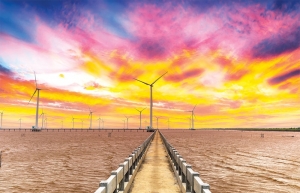 | Vietnam capable of wind power windfall While wind power could offer endless opportunities, and new markets are emerging daily as more regions define their ambitions on marine energy, a policy gap in Vietnam continues to concern some players. |
 | Local-foreign tie-ups add to energy promise Foreign direct investment continues to play a key role in driving Vietnam’s transition towards renewable energy via greenfield investments, as well as the merger and acquisition channels. |
What the stars mean:
★ Poor ★ ★ Promising ★★★ Good ★★★★ Very good ★★★★★ Exceptional
Related Contents
Latest News
More News
- Companies must embrace green finance initiatives (November 18, 2024 | 16:07)
- Dual transition to help firms of all sizes (November 18, 2024 | 15:48)
- Foot must remain on pedal to achieve SDGs (November 17, 2024 | 10:26)
- 45 enterprises honoured for sustainable development contributions (November 17, 2024 | 10:00)
- New Zealand’s approach to sustainable ambitions (November 17, 2024 | 09:48)
- Concerted efforts to address climate change (November 17, 2024 | 09:40)
- Factors to take into account for ESG implementation (November 17, 2024 | 09:34)
- Sustainability must be fully embedded (November 17, 2024 | 09:27)
- International organisations honoured at sustainable development conference (November 17, 2024 | 09:00)
- IFC’s record climate financing in Vietnam supports green transition (November 16, 2024 | 10:14)




 Tag:
Tag: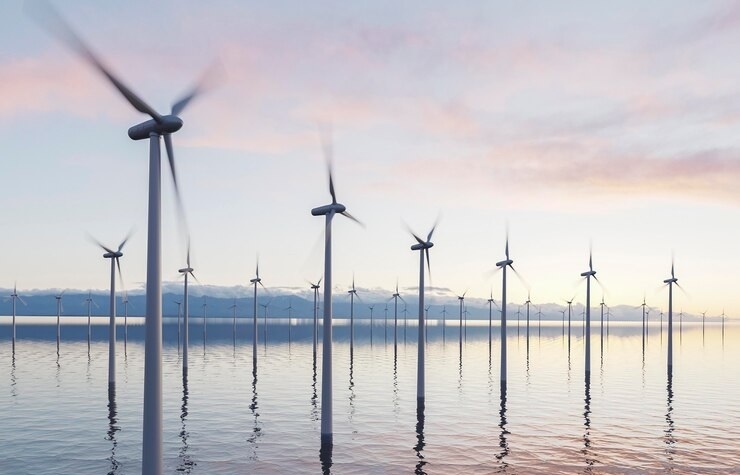
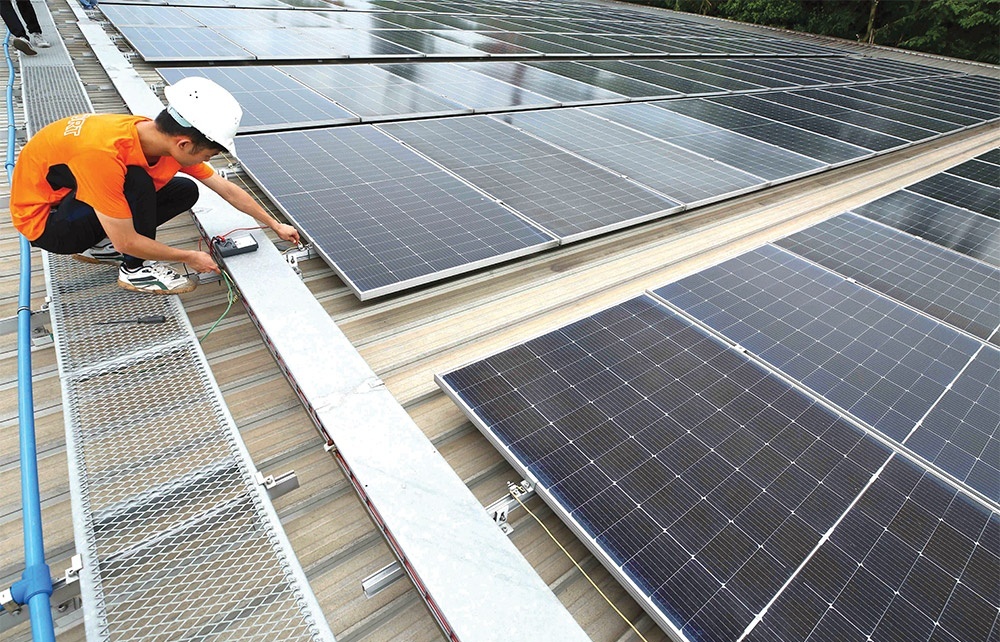
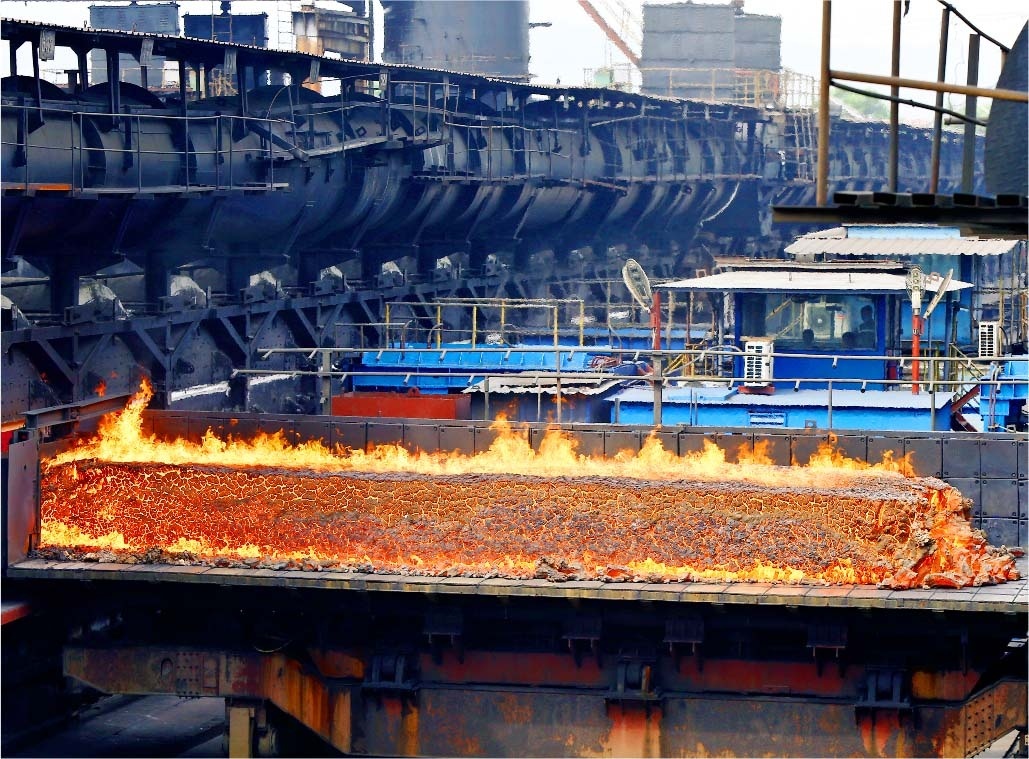
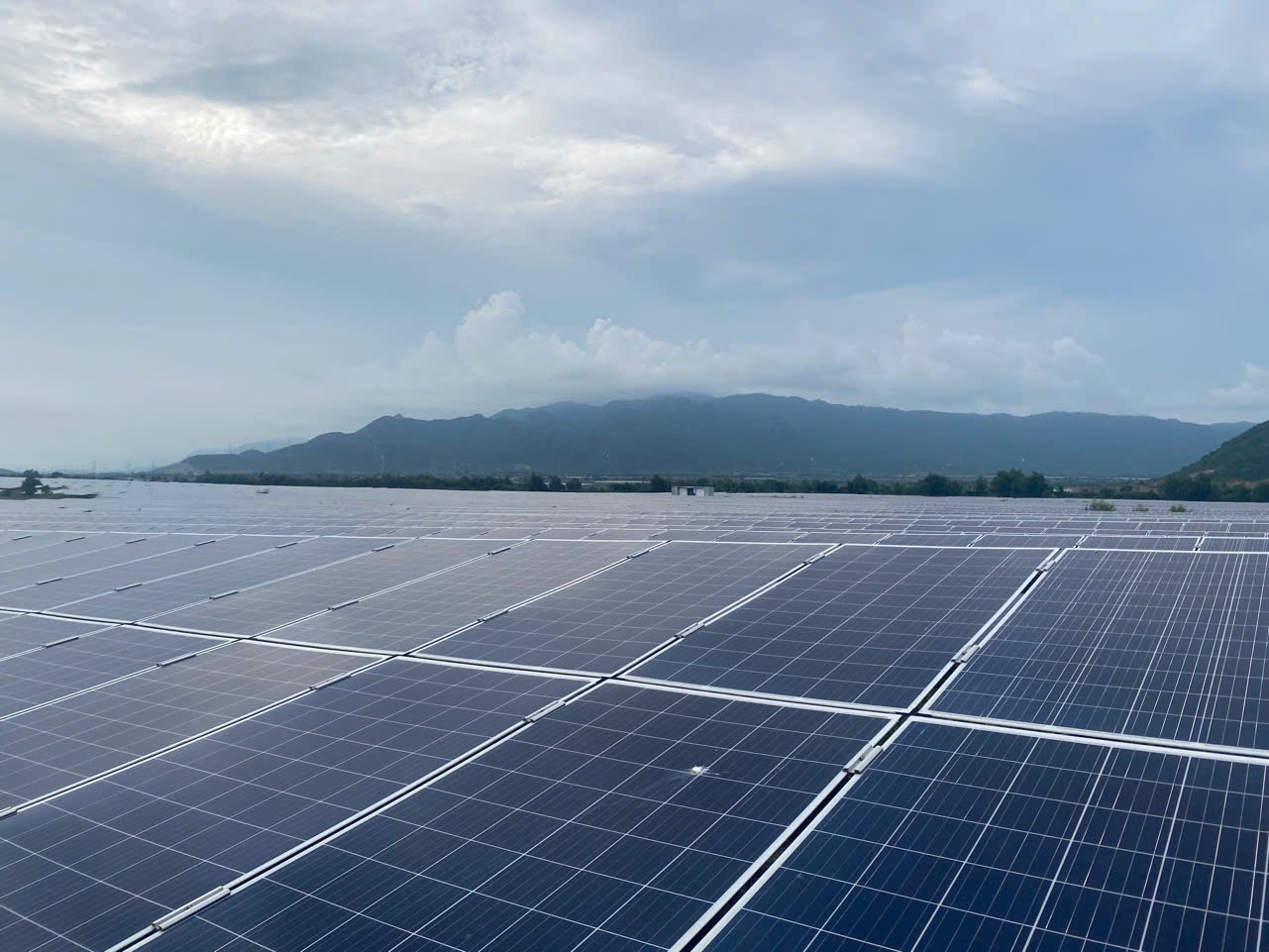
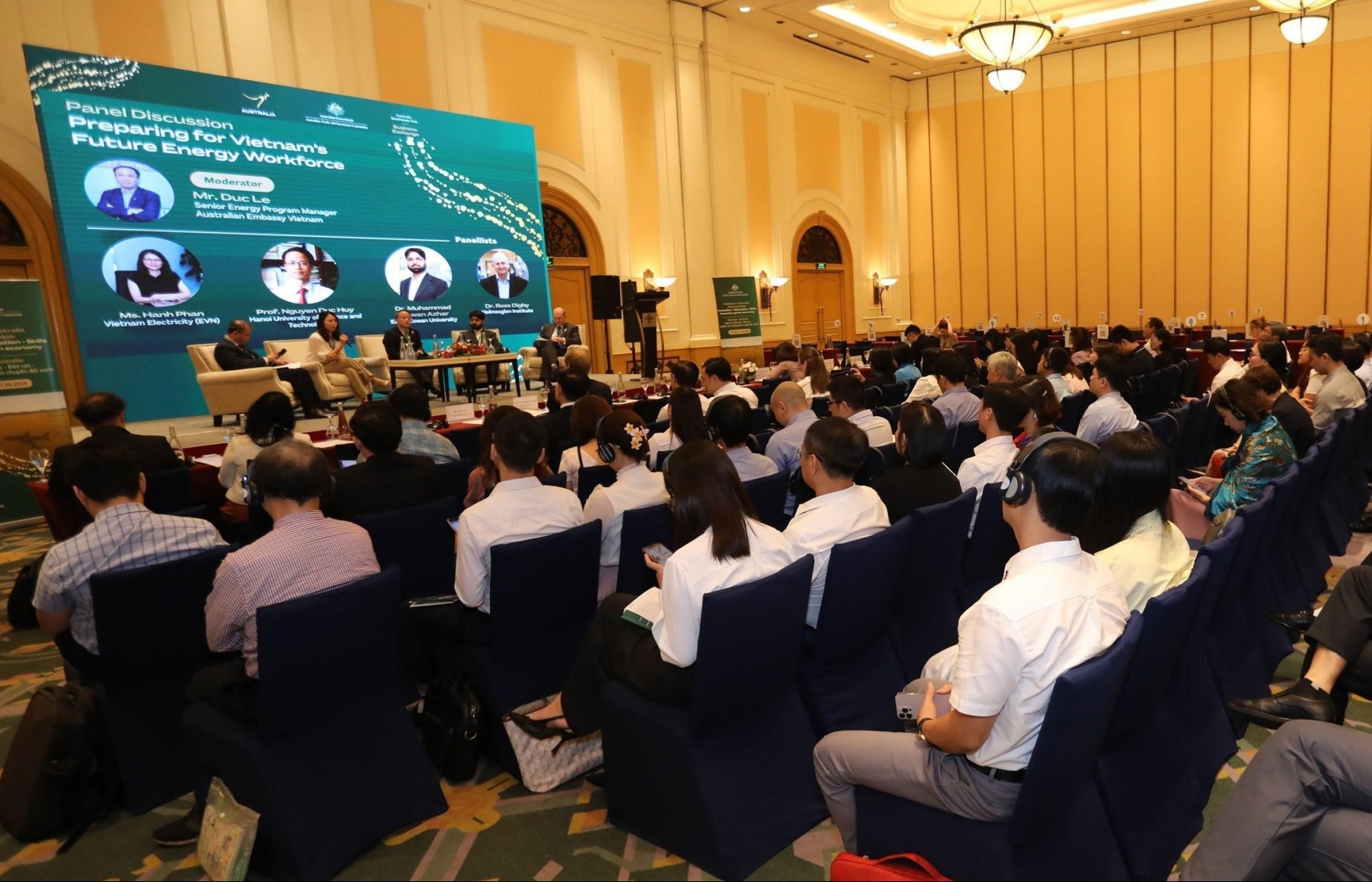

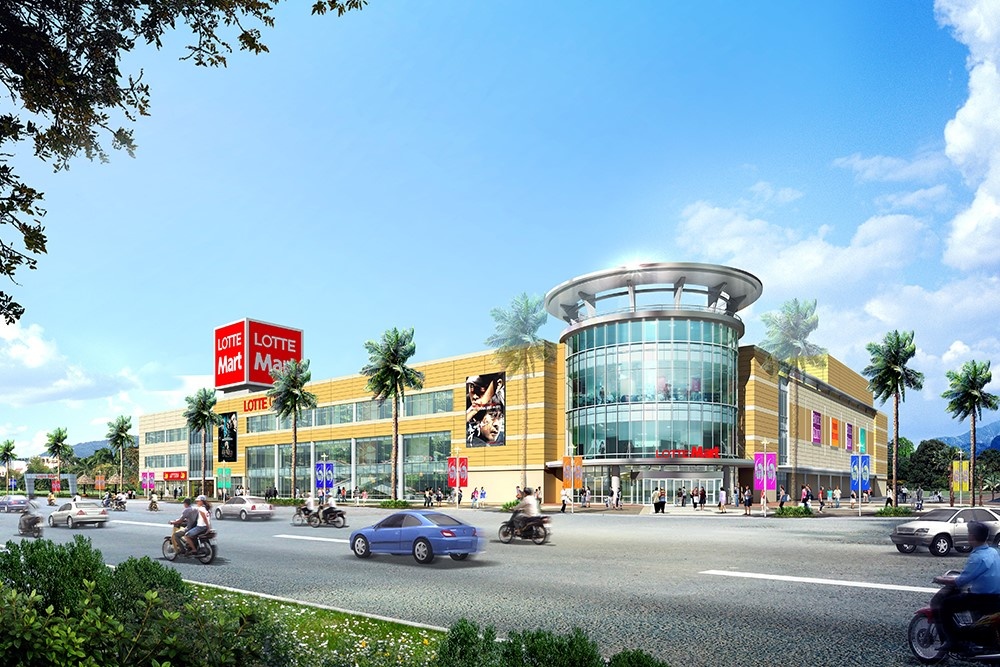











 Mobile Version
Mobile Version